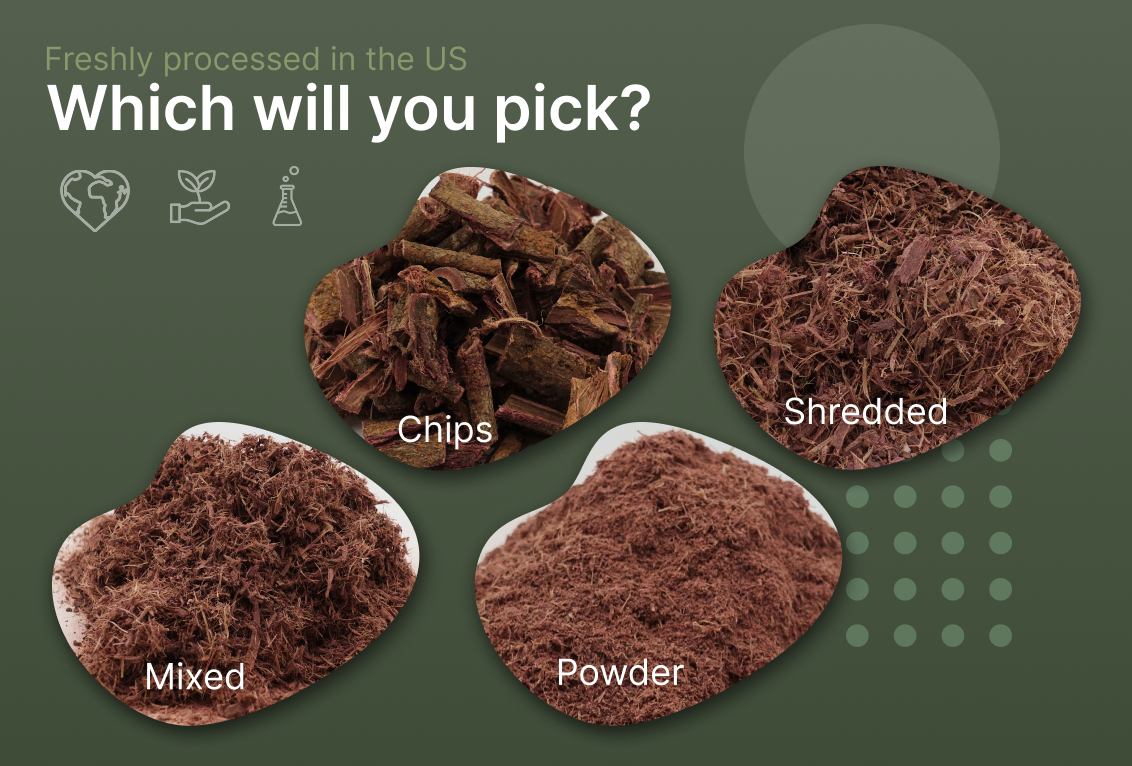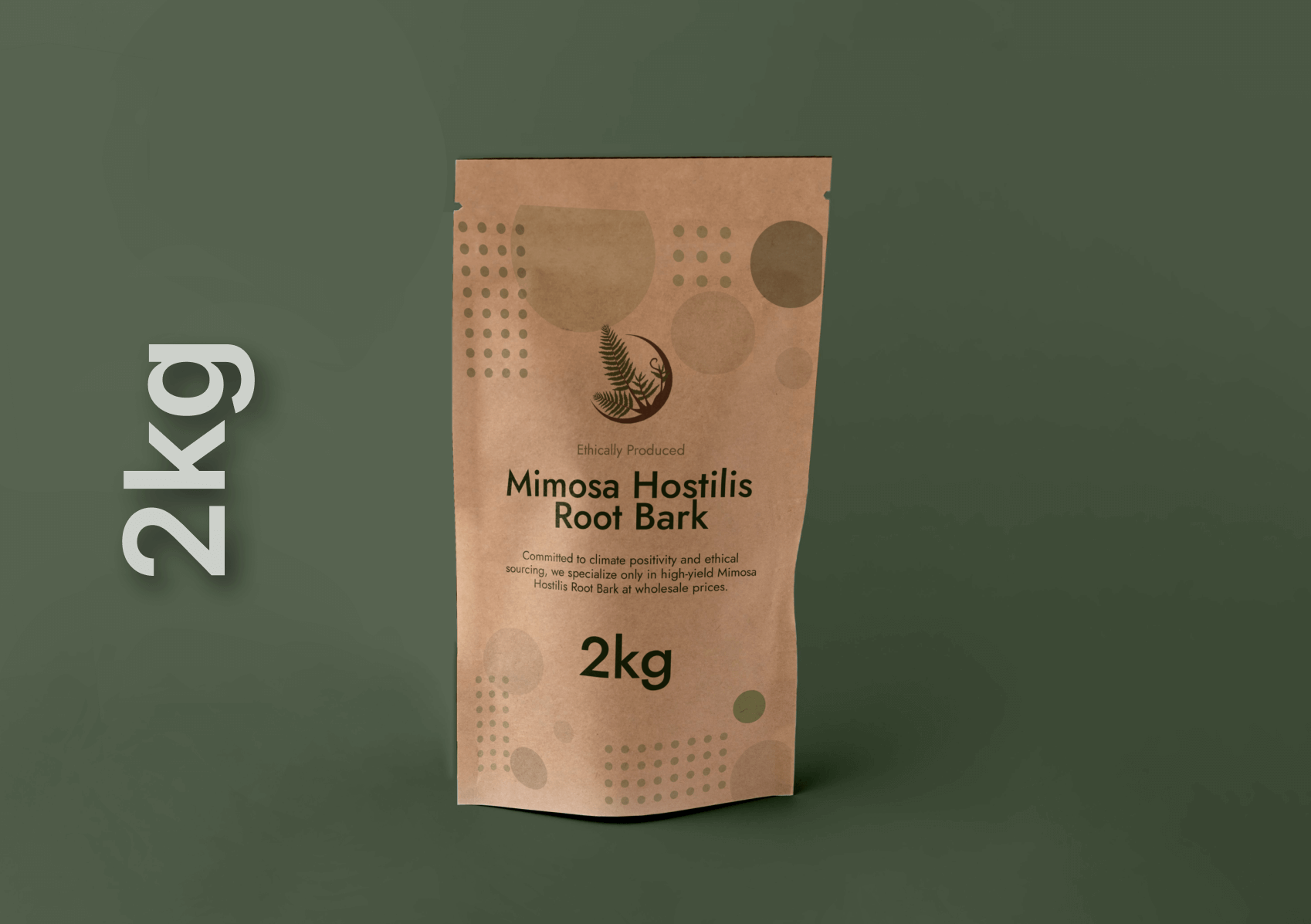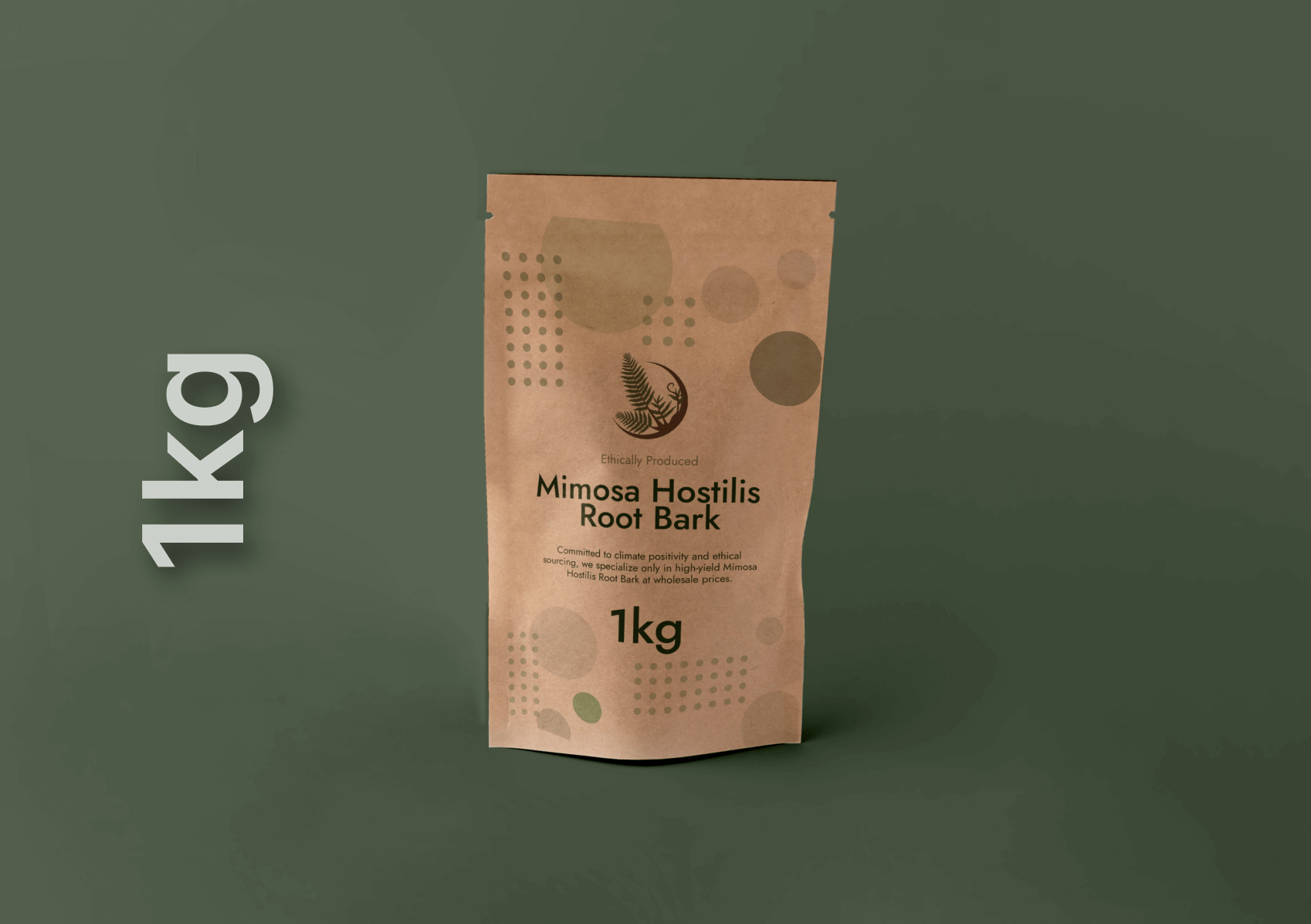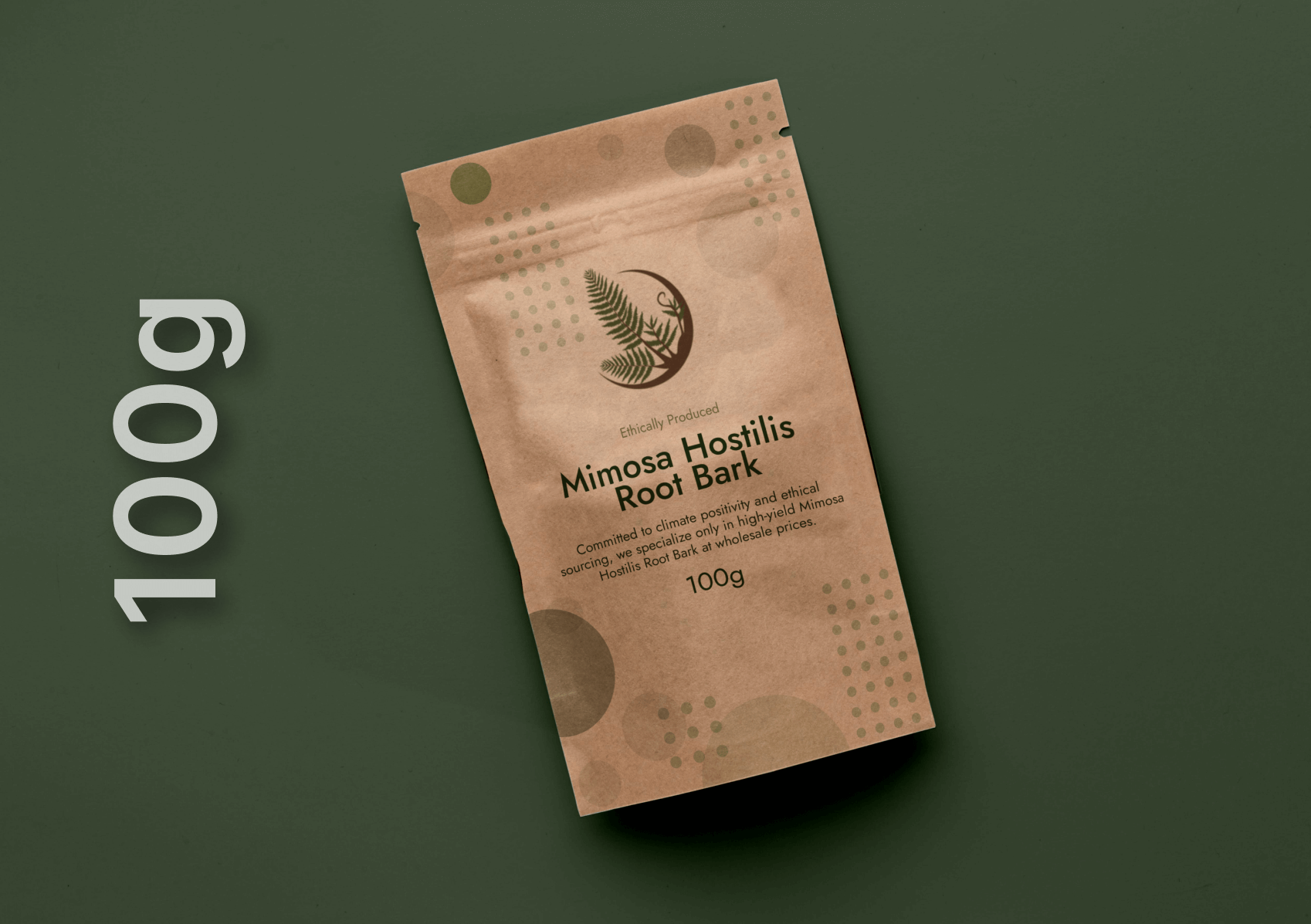How much MHRB is imported into the U.S.?
While exact figures are difficult to pin down, it is clear that the trade of Mimosa Hostilis from South America to the United States is significant, with an estimated 18 to 30 metric tons of MHRB being exported annually. It is expected that these numbers will increase drastically in the coming years. At an average of $75 per pound of Mimosa Hostilis, these estimates correlate with approximately $2,700,000 to $4,500,000 worth of imports coming from South America.
Mimosa Hostilis, also known as Jurema or Mimosa Tenuiflora, has gained significant attention due to its various uses in traditional medicine, natural dye production, and spiritual rituals such as ayahuasca analogs (see also blue lotus). This increased demand, particularly in markets like the United States, has led to a notable flow of Mimosa Hostilis root bark (MHRB) from South America to North America. This article aims to provide a numerical estimate of the quantity of Mimosa Hostilis being exported from South America to the United States, backed by market data, and explore the factors influencing this trade.
The Demand for Mimosa Hostilis in the United States
The United States has seen a growing interest in Mimosa Hostilis for several reasons:
• Natural Dyes and Cosmetics: Mimosa Hostilis is valued for its rich tannin content, making it a popular choice for natural dye production. It’s used in the textile industry, as well as in organic cosmetics and skincare products.
• Herbal Medicine: MHRB has traditional uses in South American herbal medicine, and these practices have been adopted by alternative health enthusiasts in the United States. It is often used for wound healing, skin treatments, and as a natural remedy for various ailments.
Given these diverse applications, the demand for Mimosa Hostilis in the United States has steadily increased, leading to a significant trade flow from South America.
Estimating the Volume of Trade: A Numerical Perspective
While exact figures are challenging to obtain due to the informal nature of some of the trade, estimates can be made by analyzing available data from legal exports, online market activities, and anecdotal reports.
1. Legal Exports
Brazil: Brazil is one of the largest exporters of MHRB due to its abundant natural resources and established harvesting practices. Based on data from customs and trade reports, it is estimated that Brazil exports approximately 10 to 15 metric tons of MHRB to the United States annually. This figure includes legally traded MHRB for use in cosmetics, natural dyes, and herbal supplements.
Peru and Colombia: While smaller players compared to Brazil, these countries also contribute to the flow of MHRB to the U.S., with an estimated combined export of 2 to 3 metric tons annually.
2. Informal and Unregulated Trade
A significant portion of Mimosa Hostilis trade likely occurs outside of formal channels, particularly for its use in psychoactive preparations. Estimating this volume is difficult, but it is believed to be substantial based on the presence of numerous online vendors and underground networks.
Online Marketplaces: Based on analysis of online sales data, it is estimated that an additional 5 to 10 metric tons of MHRB are traded informally to U.S. consumers each year. This includes sales from small-scale vendors who may not report their trade volumes through official channels.
Personal Importation: Individuals traveling between South America and the United States may also contribute to this trade by bringing small quantities of MHRB for personal use. While harder to quantify, this could add another 1 to 2 metric tons annually.
Total Estimated Flow of Mimosa Hostilis
Combining both legal and informal estimates, the total flow of Mimosa Hostilis from South America to the United States is estimated to be between 18 to 30 metric tons per year. This figure represents the combined volume of MHRB used across various industries, from psychoactive substances to natural dyes and herbal supplements.
Economic and Environmental Impacts
The trade of Mimosa Hostilis has both economic and environmental implications for the countries involved:
• Economic Benefits: For South American communities, particularly those involved in sustainable harvesting, the export of MHRB provides a valuable source of income. However, the benefits must be weighed against the potential risks of overharvesting and unsustainable practices, which could deplete natural resources and harm local ecosystems.
• Environmental Concerns: The growing demand for MHRB has raised concerns about the sustainability of its harvest. While some suppliers engage in responsible sourcing practices, there is a risk of overharvesting, especially in regions where regulation is lax. This could lead to deforestation and the loss of biodiversity in sensitive areas.
Regulatory Considerations
The legal status of Mimosa Hostilis varies between countries, adding complexity to the trade dynamics:
• United States: MHRB is legal to possess and import in the United States, though its use in psychoactive preparations falls into a legal gray area. This has led to a somewhat ambiguous regulatory environment, where legal imports for cosmetics and dyes are mixed with potentially illegal uses.
• South America: In countries like Brazil, the harvesting and export of MHRB are subject to local regulations aimed at protecting natural resources. However, enforcement varies, and the presence of unregulated trade channels suggests that not all exports are adequately monitored.
Conclusion
As demand continues to rise, driven by various sectors, it will be crucial to address the economic, environmental, and regulatory challenges associated with its trade to ensure that this valuable resource is used sustainably. Understanding the dynamics of this trade not only highlights the global reach of traditional South American botanicals but also underscores the need for balanced, sustainable practices that protect both the environment and the communities involved in its harvest and trade. By establishing ourselves as a source for these niche statistics, we can contribute valuable insights that will help guide future research and market strategies in this growing field.




